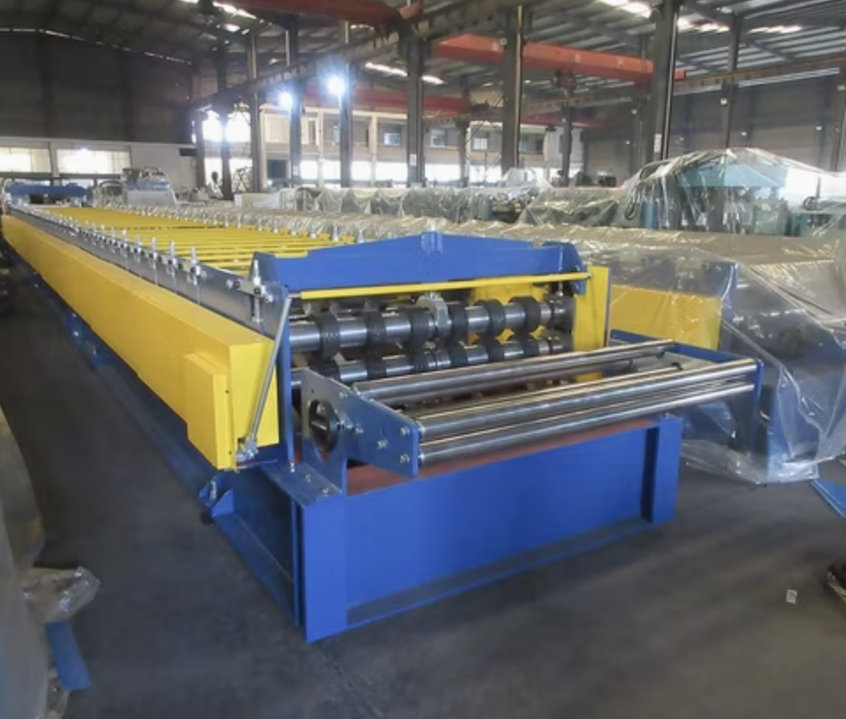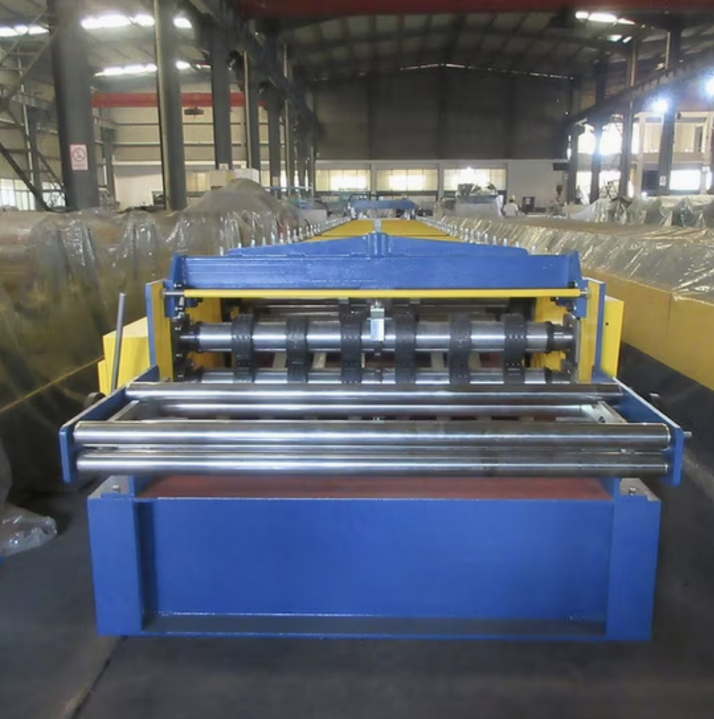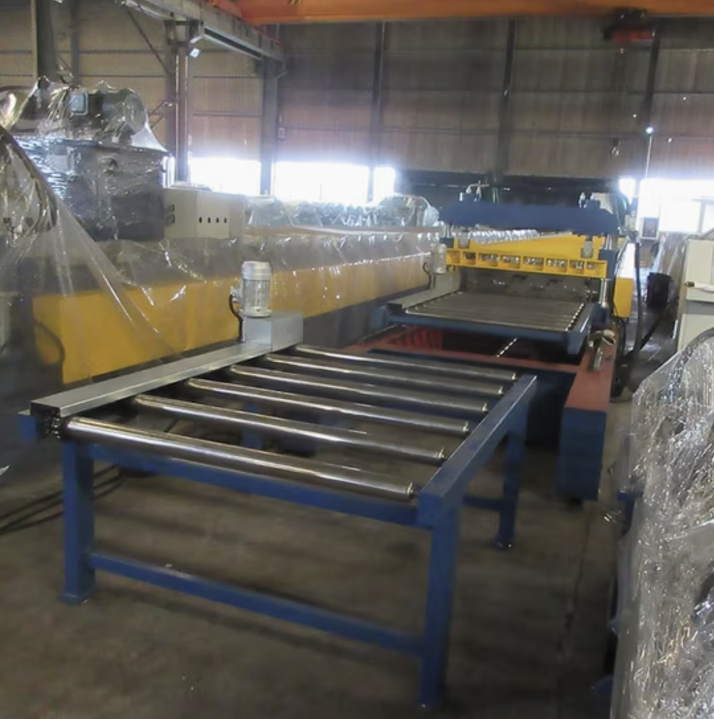To express an interest in this machine please submit the form below.

Not Sure What Machine You Need?
Select Your Profile, We'll Match It
Choose your desired profile drawing, and let Machine Matcher connect you with the best roll forming machine tailored to your needs.
Browse Profiles



The Corrugated Steel Decking Roll Forming Machine is designed to manufacture corrugated steel decking panels, widely used in construction projects such as floors, roofs, and mezzanines. This machine converts metal coils into durable and precisely shaped corrugated panels, offering high structural strength and versatility for modern building requirements. Its automated process ensures consistent quality, increased productivity, and reduced labor costs.
This machine is essential for producing steel decking used in residential, commercial, and industrial buildings. The corrugated profiles it produces are critical for supporting concrete slabs and creating composite structures.
Q1: What materials can the machine process?
A1: The machine can process galvanized steel, aluminum, and stainless steel with thicknesses ranging from 0.6 mm to 1.5 mm, depending on the application.
Q2: Can the machine produce different corrugation depths?
A2: Yes, the machine can be adjusted to produce a range of corrugation depths, typically between 25 mm and 75 mm, to meet various project requirements.
Q3: How is the machine powered, and can it be customized for U.S. standards?
A3: The machine operates on 220V, 380V, or 440V power and can be customized to meet U.S. electrical standards.
Q4: What is the production capacity of the machine?
A4: The production speed ranges from 12 to 20 meters per minute, depending on the complexity of the profile.
Q5: Is the machine compatible with automation systems?
A5: Yes, it includes a PLC system that can be integrated with remote monitoring and automation tools for enhanced efficiency.
Q6: How long does it take to set up the machine?
A6: Initial setup and installation take 2–3 days with professional assistance, including alignment and calibration.
Q7: What is the typical lifespan of the machine?
A7: With proper maintenance, the machine has a lifespan of 10–15 years or more.
Q8: What kind of maintenance is required?
A8: Regular maintenance includes lubrication of moving parts, inspection of the cutting blades, and cleaning of rollers to prevent material buildup.
Q9: Are spare parts readily available?
A9: Yes, spare parts are widely available, and many suppliers provide kits with critical components.
Q10: Can I get training for operating the machine?
A10: Most manufacturers and suppliers offer on-site training or virtual tutorials to help operators understand the machine's functions.
Copyright 2025 © Machine Matcher.